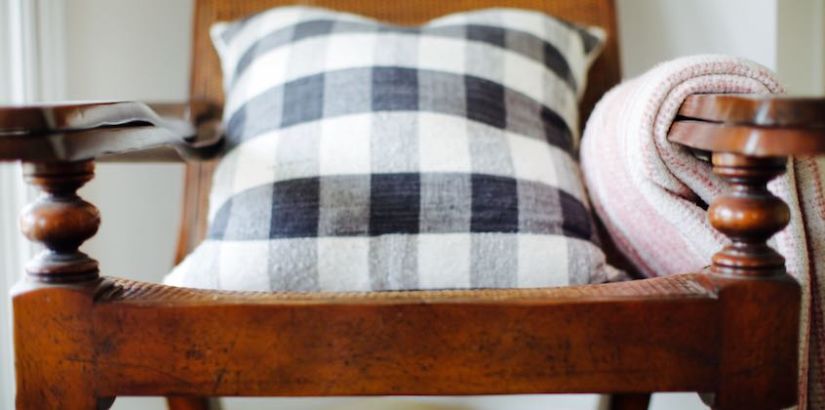How to Store Furniture Safely
Most furniture is made with the following materials: wood, cloth, and plastic. Of the three, wood and cloth are the most susceptible to climate-related damage. So, if you have furniture you need to set aside for awhile, you will need to store it safely.
Climate Control
If at all possible, make sure that you store your furniture in a storage unit with climate control. The advantage of storing furniture in a self storage unit over storing it at home is that the facility monitors and handles the environment, making it ideal at all times. Why does your furniture need it? Wooden furniture can expand with humidity and contract with dryness, leading to cracks and even mold or mildew. Cloth furniture, in high humidity, can develop mold or mildew, ruining it and leaving a bad smell even if washed. If you do have to store furniture at home in your attic, basement, or garage, use a humidity regulator, like a humidistat, humidifier, or dehumidifier. That way, you can keep the humidity within safe levels for the furniture.Without Climate Control
Ideally, you’ll have no trouble finding a facility with climate controlled units. If self storage facilities in your area don’t have climate control, ask why. Some areas have mild weather and an ideal humidity level yearly, and climate control simply isn’t necessary. However, if you do need a unit with climate control and you don’t live in the right sort of area, these steps will help to protect your furniture.-
Ensure that your wooden furniture has moisture protection. Clean each piece, and apply furniture wax or polish.
-
Store dresser drawers separately from dressers. You can then use the drawers to store other items. Place a cloth over each to protect the contents from dust.
-
Is your wooden furniture made to be taken apart and reassembled? If so, dissasemble it and store it that way. By keeping the various parts of a table or desk separate, you make it mess likely that there will be damage if the parts expand and contract. Keep the screws, bolts, and any other connecting parts in labeled, plastic sandwich-style bags.
-
If flooding is even an occasional problem in your area, use blocks or planks to store your furniture a few inches off the ground. If flooding isn’t a problem, rain leaking under the door may still be, so store your furniture toward the back of the unit.
-
Before you store them, thoroughly clean furniture with fabrics and upholstery. This generally means chairs, couches, and mattresses. Hidden food particles, moisture, and so on can attract pests and encourage the growth of mold and mildew. Use an antibacterial furniture cleaner on them, according to the directions given for the product, and allow it to completely dry. Use furniture covers to protect these items in the unit.
-
Antique furniture should always be stored in a unit with climate control! These items tend to be more delicate and can suffer damage more quickly and easily.




